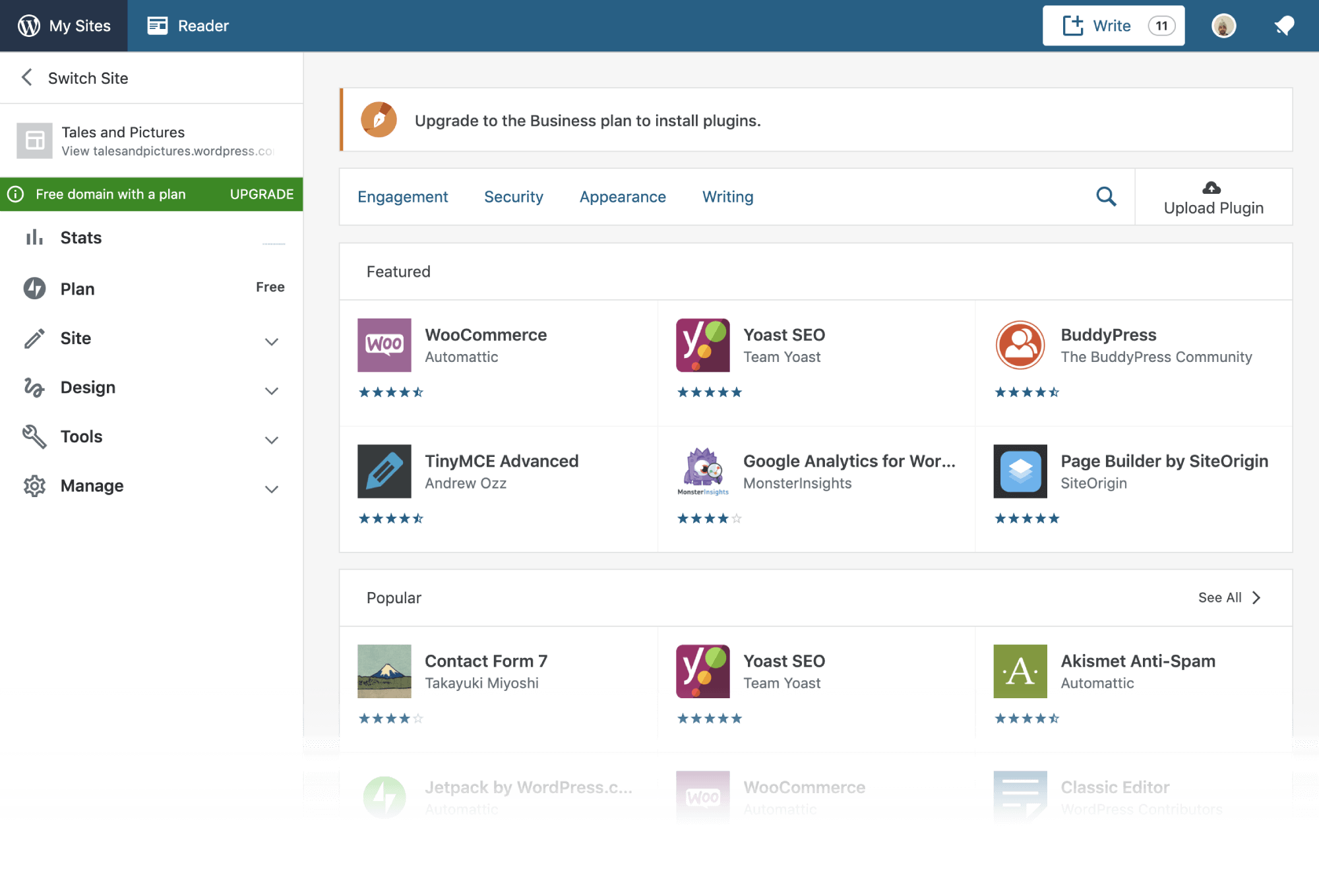Calypso is the new WordPress.com front-end – a beautiful redesign of the WordPress dashboard using a single-page web application, powered by the WordPress.com REST API. Calypso is built for reading, writing, and managing all of your WordPress sites in one place.
It’s built with JavaScript – a very light node plus express server, React.js, Redux, wpcom.js, and many other wonderful libraries on the front-end.
You can read more about Calypso at developer.wordpress.com/calypso.
You can try out the user-side of Calypso on WordPress.com (a lot of the logged-in area is Calypso; if in doubt, view source), you can poke around the code here on GitHub, or you can install it and run it locally. The latter is the most fun.
- Make sure you have
git,node, andyarninstalled. - Clone this repository locally.
- Add
127.0.0.1 calypso.localhostto your localhostsfile. - Execute
yarnand thenyarn startfrom the root directory of the repository. - Open
calypso.localhost:3000in your browser.
Need more detailed installation instructions? We have them.
If Calypso sparks your interest, don’t hesitate to send a pull request, send a suggestion, file a bug, or just ask a question. We promise we’ll be nice. Just don’t forget to check out our CONTRIBUTING doc – it includes a few technical details that will make the process a lot smoother.
Calypso welcomes – and indeed has been built by – contributors from all walks of life, with different backgrounds, and with a wide range of experience. We're committed to doing our part to make both Calypso and the wider WordPress community welcoming to everyone.
You can contribute in many ways. You can help reporting, testing, and detailing bugs, and also test new features we release in our "beta" program for testing on Horizon.
To clarify these expectations, Calypso has adopted the code of conduct defined by the Contributor Covenant. It can be read in full here.
Need to report a security vulnerability? Go to https://automattic.com/security/ or directly to our security bug bounty site https://hackerone.com/automattic.
Our security policy can be read in full here.
We support the latest two versions of all major browsers. (see Browse Happy for current latest versions).
If you have any problems running Calypso, please see the most common issues.
Calypso is licensed under GNU General Public License v2 (or later).















































